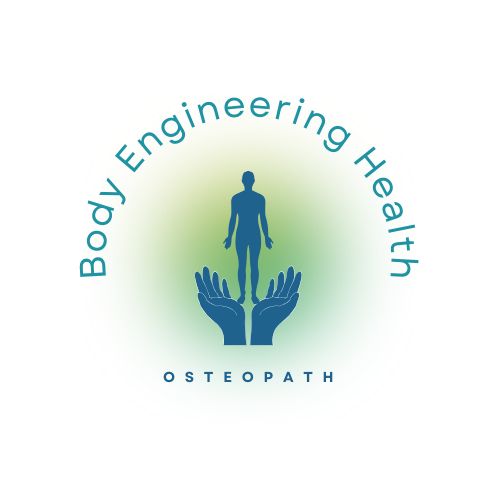Pediatric osteopathy is a specialised branch of osteopathy that focuses on the diagnosis and treatment of musculoskeletal and other health issues in infants, children, and adolescents. Osteopathy is a holistic approach to healthcare that emphasizes the interrelationship between the body’s structures and functions.
Key aspects of pediatric osteopathy include:
1. *Gentle Techniques- Pediatric osteopaths use gentle and non-invasive techniques tailored to the needs of children, recognising that their bodies are still developing.
2. *Holistic Approach- The treatment considers not just physical symptoms but also emotional and environmental factors that may affect a child’s health.
3. *Common Conditions Treated- Paediatric osteopaths often address issues such as colic, reflux, sleep disturbances, postural problems, and musculoskeletal pain. They may also assist with conditions related to birth trauma or developmental delays.
4. *Collaboration with Other Healthcare Providers- Pediatric osteopaths often work in conjunction with pediatricians, physiotherapists, and other healthcare professionals to provide comprehensive care.
Overall, pediatric osteopathy aims to support children’s growth, development, and well-being through a holistic approach to health.
During an osteopathic treatment, you can expect the following:
1. *Initial Assessment- Your osteopath will begin with a thorough assessment, which includes discussing your medical history, current symptoms, and any relevant lifestyle factors. They may ask specific questions about your pain, mobility, and overall health.
2. *Physical Examination- The osteopath will perform a physical examination, which may involve observing your posture, movement, and examining specific areas of your body. They may also assess your range of motion and perform palpation to identify areas of tension or dysfunction.
3. *Diagnosis-Based on the assessment and examination findings, the osteopath will provide a diagnosis. This diagnosis will guide the treatment plan tailored to your needs.
4. *Treatment Plan- The osteopath will discuss the proposed treatment plan with you. This may include various techniques such as osteopathic manipulative treatment (OMT), stretching, massage, and exercises.
5. *Hands-On Techniques- During the treatment, the osteopath may use a range of hands-on techniques, including:
– *Soft Tissue Manipulation: To relieve tension and improve circulation.
– *Joint Mobilization: To enhance joint movement and reduce stiffness.
– *Myofascial Release: To address restrictions in the fascia surrounding muscles and organs.
– *Visceral Manipulation: To improve function in internal organs.
6. *Patient Involvement- You may be asked to participate actively in the treatment by performing specific movements or exercises, which can enhance the effectiveness of the treatment.
7. *Discussion of Progress- After the treatment, the osteopath may discuss how you felt during the session, any changes in your symptoms, and adjustments to the treatment plan if necessary.
8. *Home Care Recommendations- Your osteopath may provide advice on exercises, stretches, or lifestyle modifications to support your recovery and overall health.
9. *Follow-Up Appointments- Depending on your condition, follow-up visits may be recommended to monitor progress and adjust treatment as needed.
Overall, the experience is typically collaborative, focusing on your individual needs and promoting your well-being through a holistic approach.
https://body-engineering-health.uk2.cliniko.com/bookings#service
